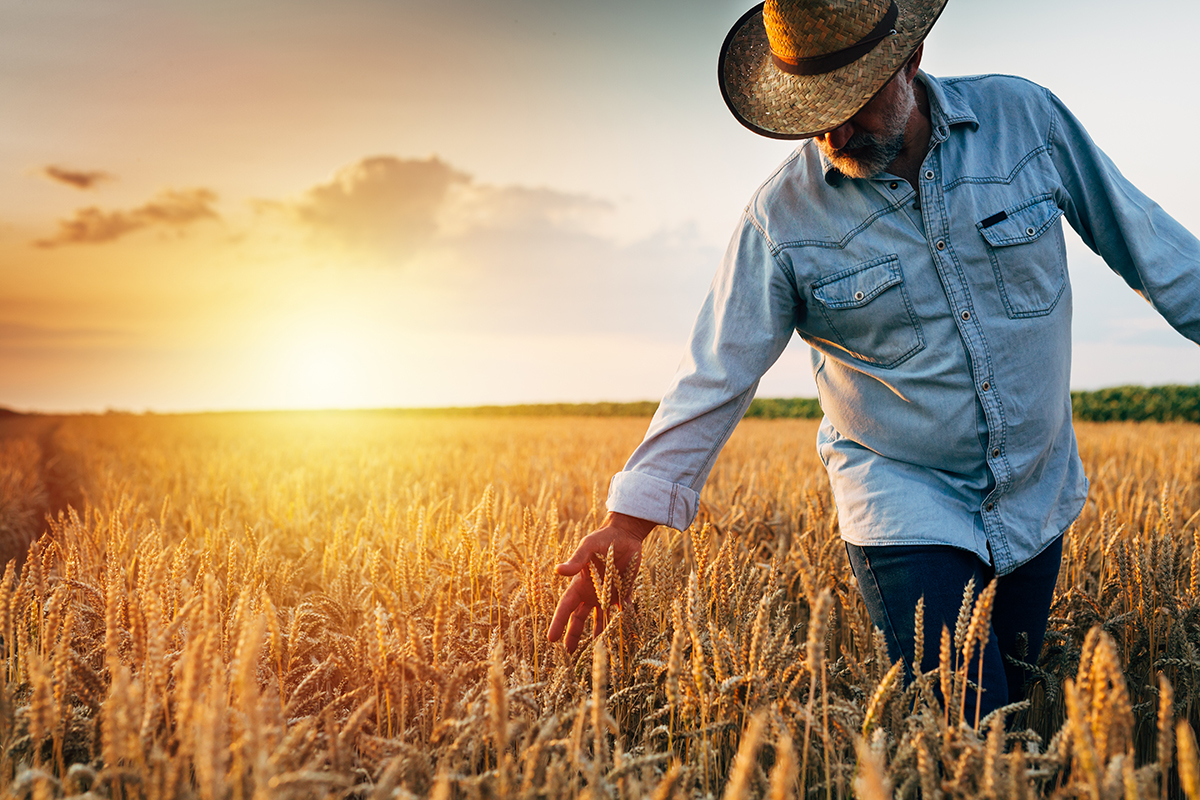In today’s modern age, it’s easy to forget that distillation depends on agriculture at its core. With regards to whiskey, we are talking about grain. While the rye grown back east was being turned into rye whiskey, Kentucky-grown corn nourished bourbon’s nascent days. Farmers initially distilled the excess grains they grew, but today distillers typically source grain from other farms, often industrial-sized.
Enter the estate distillery, an operation which grows all of the grain it distills on its own estate. Similarly, farm distilleries grow all or some of their grain used in whiskey production. With bourbon from craft distillers beginning to come of age, expect farm to glass whiskey to be among those hitting shelves in your neck of the woods.
New York
One particular hub for this farm to glass whiskey movement has been in New York State. Here, the state’s deep links to agriculture, buoyed by favorable legislation efforts, have been tapped to produce a wealth of quality whiskeys. One of the most well known may be Hillrock Estate Distillery, which had been stewarded by the late Dave Pickerell. Its solera-aged bourbon, said to be the first of its kind, has remained in high demand since its initial release.
Coppersea Distilling in the Hudson Valley emphasizes the heritage approach to distillation. That process starts with growing as much of its own grain as possible while sourcing other raw ingredients from neighboring farms. Remarkably, Coppersea performs its own floor malting. The team then proceeds onward to other old school tactics such as open-air fermentation tanks and direct-fired pot stills. Coppersea Excelsior Bourbon was the first all New York-made bourbon. This includes its in-state grown grain to barrels made from New York oak trees.
Heading further upstate is Myer Farm Distillers. This Finger Lakes distillery is headed by a family which has been farming the region for over 200 years. The operation says it’s among the largest and oldest organic farms in the northeast of the country. Organic grains are featured in the production of several different whiskeys, including John Myer Bourbon Whiskey. In addition, there’s another Myer farm to glass whiskey that falls just outside bourbon specifications. John Myer Four Grain Whiskey uses organic corn but it only comprises a 47% margin in the mash bill.

Western U.S.
Plenty of folks in the west can lay claim to full or partial estate distillery status as well. In eastern Oregon, Stein Distillery, which has been open since 2009, now has both a two and five year-old version of its bourbon available. Moreover, Stein also produces a couple of ryes also in the same age range along with a blended whiskey.
In Nevada, Colby Frey has parlayed his family’s 165 years of farming history within the state—and actually within the territory before it was a state—into a thriving estate distillery operation. Frey Ranch Estate Distilling’s soon-to-be-released four-grain bourbon is a fully estate-grown product. The farm to glass whiskey uses a mash bill of 66.6% corn, 12% malted barley, 11.4% rye and 10% wheat. The distillery has already amassed several thousands of barrels of maturing whiskey, including its signature bourbon, alongside a range of other whiskeys.
Staying within the state, Bently Heritage Estate Distillery officially opened earlier this year. The accompanying ranch grows grains such as corn, wheat, rye, oats and barley, with planned bourbon and single malt whiskeys on the way. Vodka and gin from the distillery is already available.
The Midwest
In Minnesota, Far North Spirits is said to be the northernmost distillery in the contiguous United States. The Red River Valley Swanson farm has been run by the family since 1917. Now, Michael Swanson and Cheri Reese produce a range of spirits at the farm-turned-distillery. Bødalen is their first foray into bourbon. This farm to glass whiskey was a limited run made from 60% heirloom corn, 35% Hazlet rye and 5% malted barley. Notably, Minnesota oak barrels were used in its maturation. Far North has also released a handful of different rye whiskeys under its Roknar label.
The fifth generation farmers behind Whiskey Acres in Illinois call their operation “seed to spirit”. Their straight bourbon showcases a wheated mash bill. They’ve also released rye, and a number of experimental whiskeys.
Of course, stepping beyond bourbon, agriculture and distilling are enjoying a renewed relationship all over the United States. Where there’s agriculture, there’s distillation. Now that we’re all paying more attention to who, how and where our spirits are made, you can expect to see more farm to glass whiskey emerge from our country’s rich farming heritage.
Looking for even more farm to glass whiskey?
With Distiller, you’ll always know what’s in the bottle before you spend a cent. Rate, Review, and Discover spirits. Head on over to Distiller, or download the app for iOS and Android today!
Want to enjoy Distiller ad-free plus exclusive discounts, giveaways, features and other perks? Join Distiller Pro today to support the Distiller platform and keep ads off of your screen.

